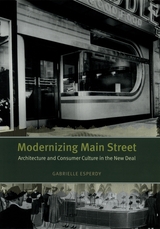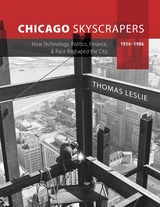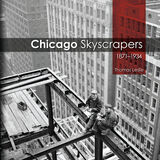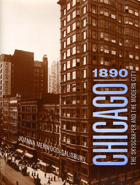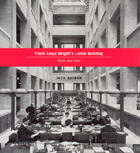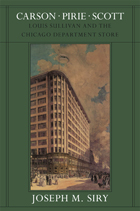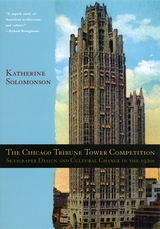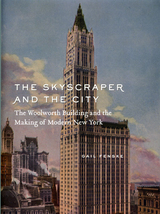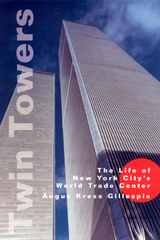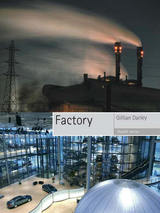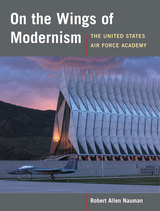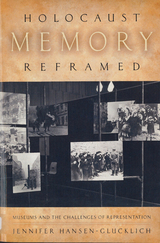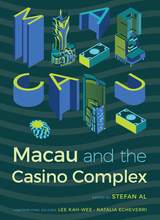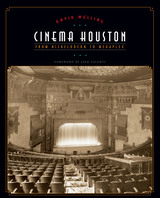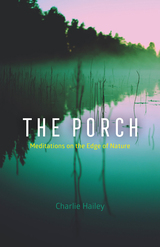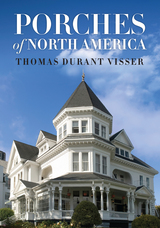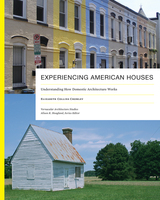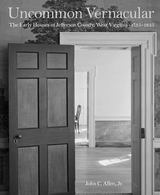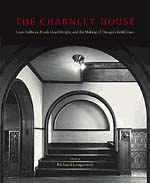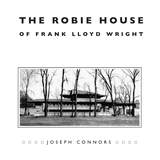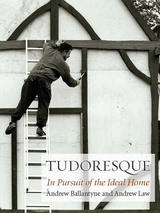The Art Museums of Louis I. Kahn
Duke University Press, 1989
Cloth: 978-0-8223-0989-5
Library of Congress Classification NA6695.L68 1989
Dewey Decimal Classification 728.7092
Cloth: 978-0-8223-0989-5
Library of Congress Classification NA6695.L68 1989
Dewey Decimal Classification 728.7092
ABOUT THIS BOOK
ABOUT THIS BOOK
The art museum has become a prestige commission for contemporary architects, and for several decades reference has been made to a “museum building boom.” Among these new museums, those of Louis Kahn are especially admired. This significant American architect, who ranks in this century with Frank Lloyd Wright both as a creator and as an influence, has made a special contribution to the architecture of museums and has helped create a subtle but telling change in the concept of what a late twentieth-century museum building should be.
After a brief look at the development of a tradition in museum architecture, this study examines Kahn’s three art museums: the Yale University Art Gallery, the Kimbell Art Museum, and the Yale Center for British Art. It traces the development of each museum through museum through its various stages: the background of the institutions and the commissions, the programs for the buildings, their designs and evolutions, their constructions, and the evaluations of the completed buildings. Material on Kahn’s plans for a museum for the De Menil collection, begun shortly before his death, is also included.
Accompanying the text are illustrations of the buildings, including Kahn’s personal sketches, architectural plans and sections, and presentation perspective drawings. Photographs of the finished buildings present the transformed vision of the architect in tangible form, showing that the museums, while related, are individualized accomplishments. This is the first comprehensive study of Kahn’s museums.
After a brief look at the development of a tradition in museum architecture, this study examines Kahn’s three art museums: the Yale University Art Gallery, the Kimbell Art Museum, and the Yale Center for British Art. It traces the development of each museum through museum through its various stages: the background of the institutions and the commissions, the programs for the buildings, their designs and evolutions, their constructions, and the evaluations of the completed buildings. Material on Kahn’s plans for a museum for the De Menil collection, begun shortly before his death, is also included.
Accompanying the text are illustrations of the buildings, including Kahn’s personal sketches, architectural plans and sections, and presentation perspective drawings. Photographs of the finished buildings present the transformed vision of the architect in tangible form, showing that the museums, while related, are individualized accomplishments. This is the first comprehensive study of Kahn’s museums.
See other books on: 1901-1974 | Buildings | Exhibitions | Louis | Residential
See other titles from Duke University Press

